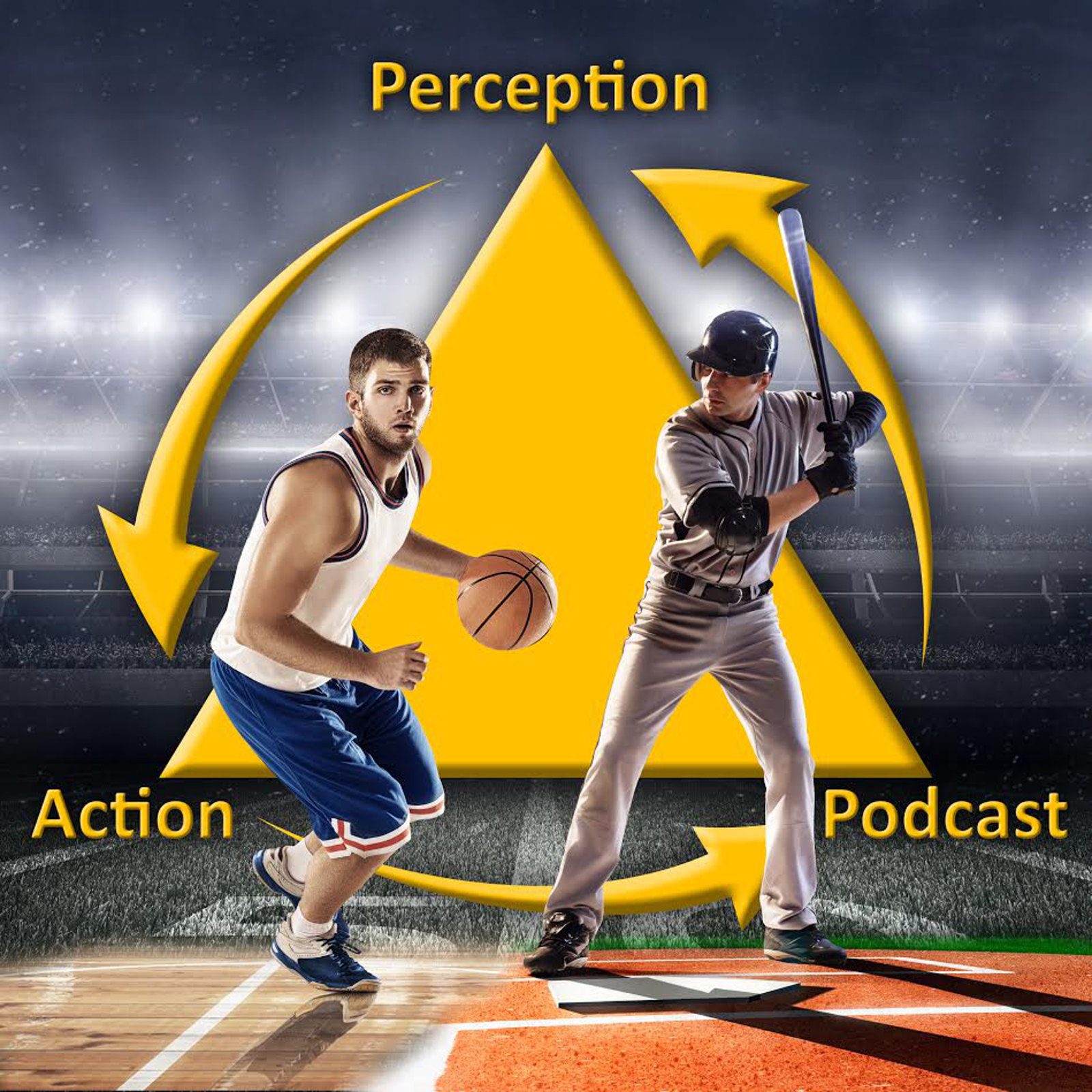2
Since the early 1980’s, there have been several vision training programs developed which propose to improve the vision of athletes resulting in an associated improvement in their sports performance. Do these training programs actually work? Or could practice time be put to better use? In this episode, I review the research that has evaluated the effectiveness of these programs.
Download link
Key points:
• The first commercial vision training programs in sport appeared in the early 80’s and were made up of tests taken from clinical optometry e.g., “Sport Vision” and “Eyerobics”
• What is being assumed here is that an exercise designed to get people with subnormal vision up to the normal level can also be used to get a person from a normal level to a super-normal level.
• Dynavision is an apparatus designed to train eye-hand coordination and peripheral reaction time. It is a 5 foot x 4 foot board on which are mounted 64 red buttons that can be illuminated and turned off by touch
• One of the most recent entries into the vision training programme market is stroboscopic training in the form of the Nike Vapor strobe glasses. In stroboscopic training the athlete tries to perform actions while wearing glasses that open and close so that there are short periods where they can’t see
• To support the claims made by these training programs we actually need to demonstrate 3 different things:
o First, we need to show that the visual abilities that are being trained (whether its acuity or peripheral vision) improve after training in people with already normal vision or above normal vision.
o Second, we need to show that sports performance is improved in some way after the training is done.
o Third, and most importantly, we need to demonstrate transfer of training. In other words, we need to show that the reason people got better at sports by the end of the vision training program was because their vision got better (and not due to some other confounding reason). This will require one or more control conditions.
• In a study published in 2012 by Clark and colleagues the University of Cincinnati baseball team completed vision training during the offseason between the 2010 and 2011 seasons. The training involved using the dynavision device, strobe training and some aspects of the Sports Vision program. The team improved their batting average, slugging percentage, and on base percentage, however, because there was no control group a placebo effect cannot be ruled out
• The best study on this topic was conducted by Bruce Abernethy and Joanne Wood in 2002. 40 novice tennis players were assigned to one of 4 groups: the Sport Vision training program, Eyerobics training group or one of two control groups: a reading control (that did physical practice and read a tennis instruction manual and a control group that just did physical practice. Some of the visual capabilities improved but there was no difference between the groups. Most importantly, there was no difference in the tennis performance for the different groups.
• In 2014, Deveau and colleagues used a vision training programmed based on research in perceptual learning. The subjects in this training study (19 players on the Univ Calif Riverside baseball team) did show improvements in both visual ability (on average the trained players improved from 20/13 to 20/10) and batting performance (strike outs decreased from 22 to 17%) but again since there was no control group a placebo effect can again not be ruled out.
• In a series of studies, Stephen Mitroff and colleagues at Duke University have shown that stroboscopic training can improve a variety of perceptual skills including motion perception. And they also showed some very preliminary evidence (with no control group) that it results in improved ice hockey performance.
• In sum, while vision training program might be good for addressing visual deficiencies and make your vision a bit better, if you have normal vision already, there is no convincing, published evidence yet that this will make you a better athlete.
• We need more well-designed transfer of training studies that meet the 3 criteria described above!
Articles:
- Do generalized visual training programmes for sport really work?
- High-performance vision training improves batting statistics for University of Cincinnati baseball players
- Enhancing Ice Hockey Skills Through Stroboscopic Visual Training
- The Impact of a Sports Vision Training Program in Youth Field Hockey Players
- Improved vision and on-field performance in baseball through perceptual learning
- The BASES Expert Statement on the Effectiveness of Vision Training Programmes
More information:
My Research Gate Page (pdfs of my articles)
My ASU Web page
Podcast Facebook page (videos, pics, etc)
Twitter: @Shakeywaits
Email: robgray@asu.edu
Credits:
Flamin’ Groovies – Shake Some Action
via freemusicarchive.org
